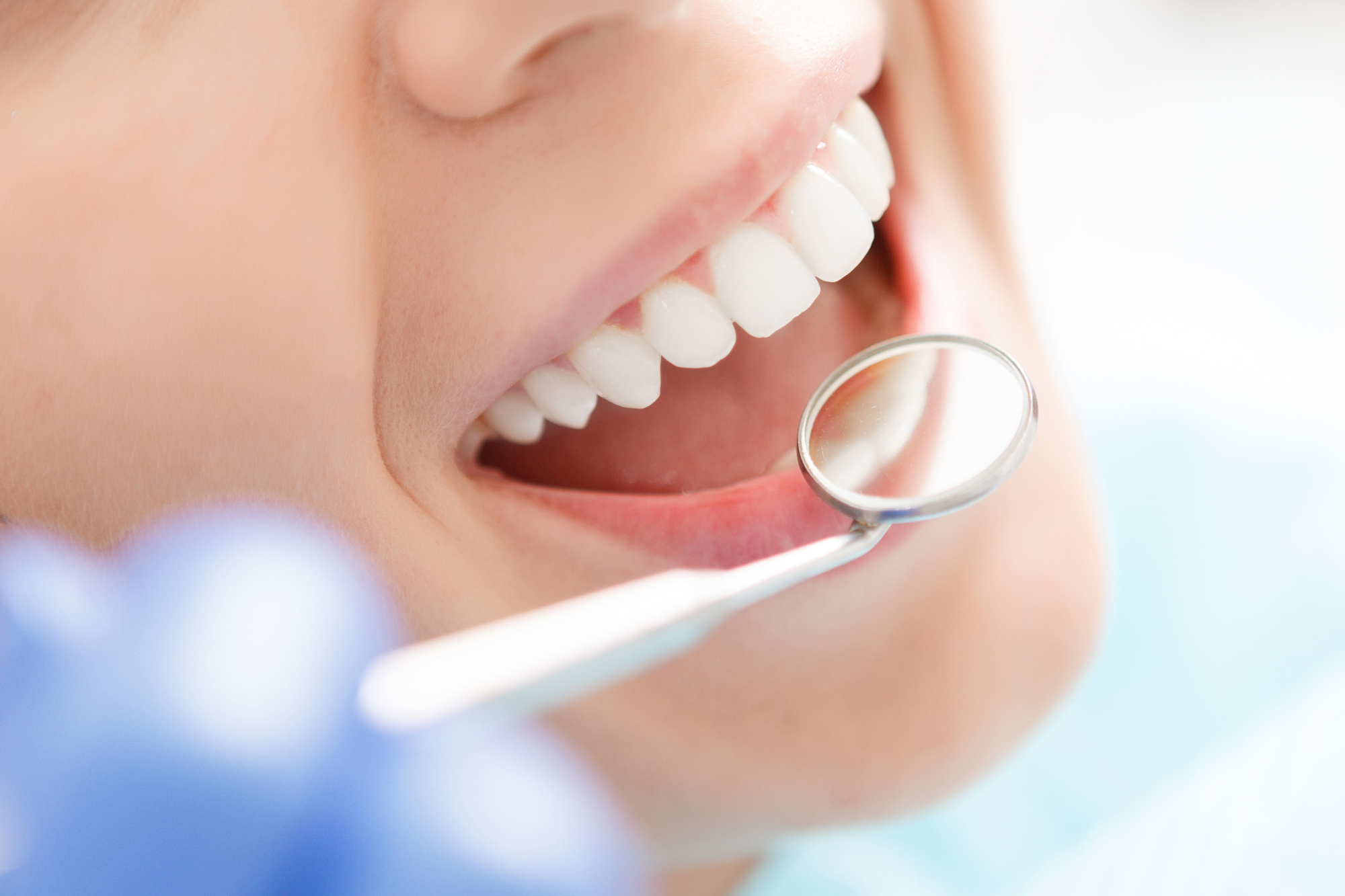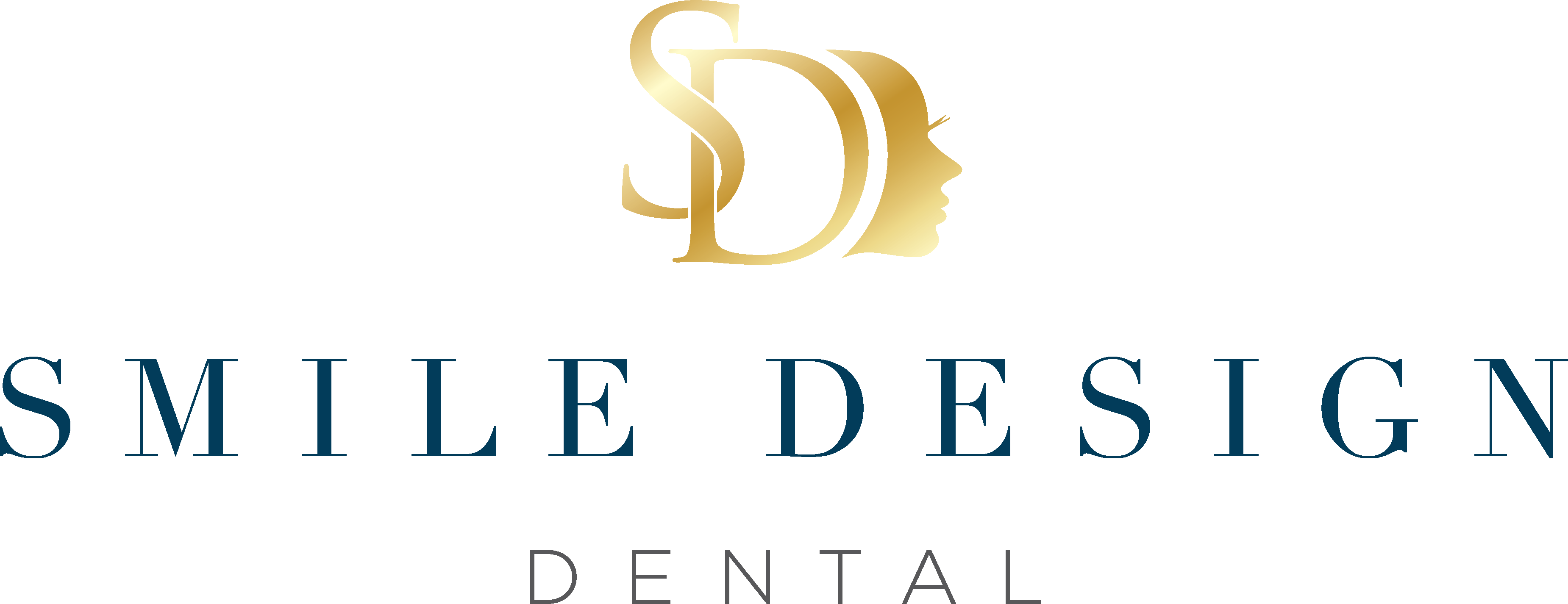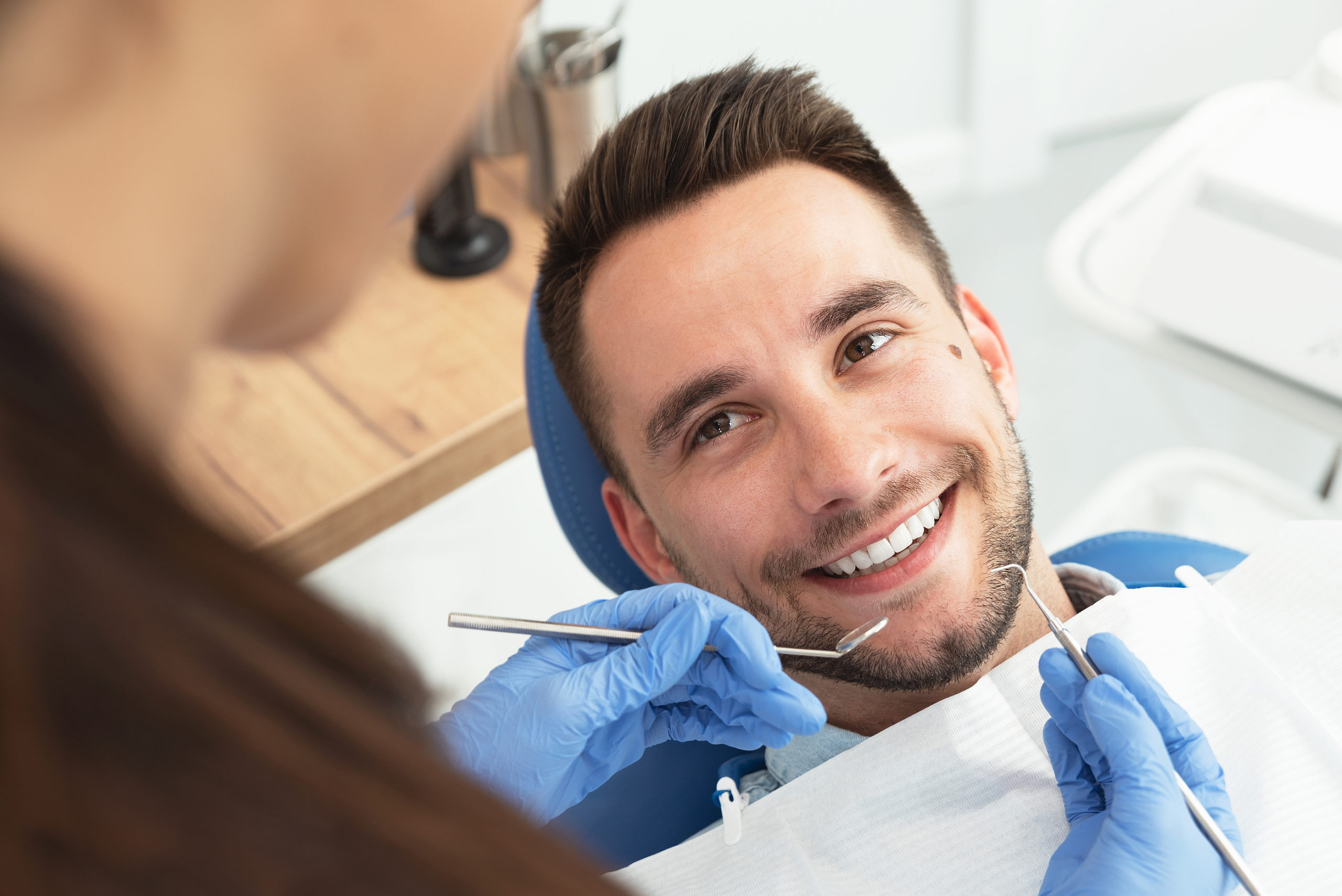
Dental anxiety is a common condition affecting individuals of all ages, leading to significant distress and avoidance of dental care. This not only compromises oral health but also increases the risk of developing more severe dental problems in the long run. Addressing this issue, nitrous oxide, commonly referred to as “happy gas,” has emerged as a revolutionary solution in the realm of dentistry, offering a safe, effective means to alleviate anxiety and discomfort during dental procedures.
Understanding Nitrous Oxide
What is Nitrous Oxide?
Nitrous oxide (N₂O), a colourless, non-flammable gas with a sweet odour, has been utilised for over a century to facilitate a more comfortable dental experience. Its sedative and analgesic effects have been well-documented since the 19th century, making it a cornerstone of anxiety management in dentistry. Administered through a mask that fits over the nose, nitrous oxide induces a state of relaxation and well-being, allowing patients to remain conscious and responsive throughout the procedure.
Benefits of Nitrous Oxide for Dental Patients
Nitrous oxide sedation offers several advantages, making it a preferred choice for both dentists and patients alike:
- Immediate Onset: The calming effects of nitrous oxide are felt within minutes of inhalation, providing rapid relief from anxiety and discomfort.
- Controlled Sedation: Dentists can adjust the concentration of nitrous oxide to meet the individual needs of each patient, ensuring a customised level of sedation.
- Quick Recovery: Patients recover almost immediately after the gas supply is ceased, with minimal to no residual effects, allowing them to resume their daily activities without delay.
These benefits underscore the significance of nitrous oxide as an invaluable tool in overcoming dental anxiety, ensuring patients receive the care they need in a comfortable and stress-free environment.
Nitrous Oxide in Practice
The Procedure of Administering Nitrous Oxide
The administration of nitrous oxide is straightforward and begins with a thorough assessment of the patient’s medical history to identify any potential contraindications. Following this, a small mask is placed over the patient’s nose, through which a mixture of nitrous oxide and oxygen is delivered. Patients are instructed to breathe normally through their nose, and within a few short minutes, they begin to experience a euphoric sensation that significantly diminishes fear and anxiety. Throughout the procedure, the dentist monitors the patient’s response and adjusts the gas flow as needed to ensure comfort and safety.
Safety Measures and Best Practices
To ensure the safe use of nitrous oxide in dental settings, Australian dental practitioners adhere to stringent guidelines and protocols. These include:
- Monitoring Vital Signs: Continuous observation of the patient’s vital signs is essential to detect any adverse reactions promptly.
- Proper Ventilation: Clinics are equipped with effective ventilation systems to prevent the accumulation of nitrous oxide in the treatment area, safeguarding both patient and dental staff.
- Adherence to Guidelines: Dentists follow the recommendations provided by the Australian Dental Association (ADA) and the Dental Board of Australia regarding the use of sedation in dental practice. These guidelines help maintain the highest standards of patient care and safety.
Patient Considerations
Who Can Benefit from Nitrous Oxide?
Nitrous oxide sedation is suitable for a wide range of patients, including those with mild to moderate dental anxiety, individuals with a low pain threshold, and patients undergoing lengthy dental procedures. It is also beneficial for children and adults who experience gag reflexes that complicate dental treatment. However, it may not be appropriate for everyone. Patients with respiratory conditions, pregnant women in their first trimester, and individuals with certain medical conditions or on specific medications may need to explore alternative options.
Addressing Common Concerns and Misconceptions
Despite its widespread use and proven safety record, some patients may have reservations about nitrous oxide sedation. It is crucial to address these concerns directly, providing accurate information to dispel common myths. For example, nitrous oxide does not “put you to sleep”; rather, it induces a relaxed state where the patient remains fully aware and able to communicate. Additionally, the effects of nitrous oxide wear off quickly once the mask is removed, allowing patients to drive themselves home following the procedure—a fact that underscores the gas’s safety and convenience.
Preparation and Aftercare for Patients
Preparation for a Procedure Involving Nitrous Oxide
Preparation is a crucial step for patients undergoing dental procedures with nitrous oxide sedation. It involves several key aspects:
- Medical History Review: A thorough assessment of the patient’s medical history is essential to identify any potential contraindications to nitrous oxide sedation.
- Dietary Considerations: Patients are usually advised to eat lightly before their appointment to minimise the risk of nausea, a rare side effect of nitrous oxide.
- Discussing Fears: Open communication with the dentist about any fears or concerns can help tailor the sedation experience to the patient’s needs, ensuring maximum comfort.
Aftercare and What to Expect
Post-procedure aftercare following nitrous oxide sedation is straightforward, given its quick recovery characteristics:
- Immediate Recovery: Patients can expect to recover from the effects of nitrous oxide within minutes after the mask is removed, allowing them to resume normal activities.
- Follow-Up Care: While there are no specific aftercare requirements unique to nitrous oxide sedation, adhering to the dentist’s general post-treatment advice is crucial for optimal healing and comfort.
- Monitoring: Any unusual symptoms following the procedure should be reported to the dentist, although these are exceptionally rare with nitrous oxide.
Complementary Strategies to Overcome Dental Anxiety
Beyond the application of nitrous oxide, several complementary strategies can be employed to help patients manage dental anxiety effectively:
- Psychological Techniques: Techniques such as controlled breathing, guided imagery, and progressive muscle relaxation can significantly reduce anxiety levels, both before and during dental visits.
- Communication is Key: Establishing a signal to communicate discomfort or the need for a break during treatment can empower patients, giving them a sense of control over the procedure.
- Gradual Exposure: For individuals with severe dental anxiety, gradually increasing exposure to dental settings and procedures can help desensitise their fears over time.
The role of these strategies is to complement the use of nitrous oxide, offering a comprehensive approach to anxiety management that addresses both the physiological and psychological aspects of fear.
The Future of Nitrous Oxide in Dentistry and Final Thoughts
The future of nitrous oxide in dentistry looks promising, with ongoing research into its applications and the development of new sedation techniques. As the dental community continues to prioritise patient comfort and anxiety management, nitrous oxide remains a key component of a holistic approach to dental care. Its ability to provide a safe, effective, and patient-friendly option for anxiety relief is unmatched, making it an invaluable asset in the dental practitioner’s toolkit.
In conclusion, overcoming dental anxiety is a multifaceted challenge that requires understanding, compassion, and innovation. Nitrous oxide sedation, alongside complementary psychological strategies and effective communication, offers a robust solution to this issue. By demystifying dental sedation and promoting open dialogue between dentists and patients, we can significantly reduce the barriers to receiving essential dental care.
For individuals seeking a supportive and understanding dental practice that utilises nitrous oxide sedation among other anxiety management techniques, Smile Design Dental in Kangaroo Point, Brisbane, stands as a beacon of excellence. Their commitment to patient comfort and holistic care ensures that every visit is as stress-free and positive as possible, empowering patients to maintain their oral health without fear.
Through the collective efforts of dental professionals and the informed participation of patients, the journey towards overcoming dental anxiety is becoming more accessible and less daunting. With the right approach and the availability of options like nitrous oxide sedation, achieving optimal oral health in a comfortable and anxiety-free environment is an attainable goal for everyone.
- What exactly is nitrous oxide and how does it help with dental anxiety?
-
- Nitrous oxide, often referred to as “laughing gas” or “happy gas,” is a colourless, sweet-smelling gas used in dentistry to alleviate anxiety and discomfort during procedures. It works by inducing a state of relaxation and euphoria, allowing patients to remain calm and comfortable while still being awake and able to communicate with their dentist.
- Is nitrous oxide sedation safe for everyone?
-
- Nitrous oxide sedation is widely considered safe for most patients. However, it may not be suitable for certain individuals, including those with respiratory conditions, pregnant women in their first trimester, and people with certain medical conditions or those taking specific medications. A detailed medical history review is essential to determine suitability.
- How quickly does nitrous oxide take effect, and how long do the effects last?
-
- The effects of nitrous oxide are felt within a few minutes of inhalation, offering rapid relief from anxiety. These effects wear off just as quickly once the mask is removed, usually within minutes, allowing patients to recover almost immediately without any lingering drowsiness.
- Can I drive myself home after receiving nitrous oxide sedation?
-
- Yes, one of the benefits of nitrous oxide is the minimal recovery time. Patients are typically able to drive themselves home and return to their normal activities shortly after the procedure, as the effects of the gas wear off very quickly once the mask is removed.
- Will I be unconscious if I opt for nitrous oxide sedation during my dental procedure?
-
- No, nitrous oxide sedation does not make you unconscious. Patients remain awake and can still communicate with their dentist. The gas simply helps to relax you and reduce any feelings of anxiety or discomfort, making the dental experience more pleasant.
- Are there any side effects I should be aware of when using nitrous oxide?
-
- Nitrous oxide is generally well-tolerated by most patients, with minimal side effects. Some individuals may experience mild nausea or dizziness, but these effects are rare and typically resolve quickly once the gas is discontinued. Your dentist will discuss any potential side effects with you and ensure that nitrous oxide is a safe option for your dental care.


